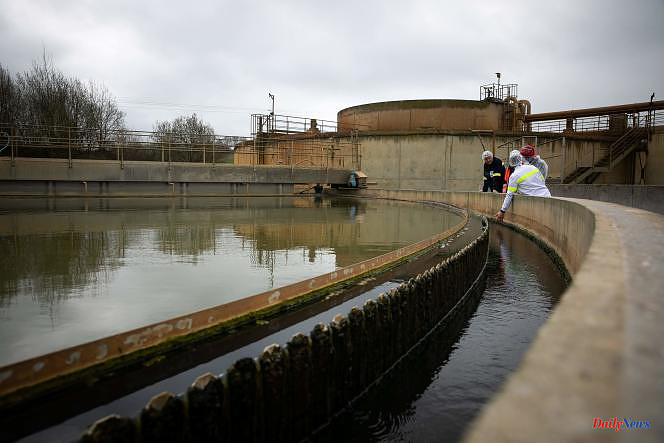To deal with a drought that threatens in winter, the Minister of Ecological Transition, Christophe Béchu, has called for water restriction orders to be issued from the end of February. A situation that could become usual in France, under the effect of climate change.
In France, it rained 510 billion cubic meters (m3) per year on average between 1990 and 2018, with annual variations of between 400 billion and 600 billion m3, according to data from the Professional Federation of Water Companies. (FP2E). Just over 60% of this volume naturally returns to the atmosphere as it evaporates; the rest is transformed into "useful rain", which will feed the waterways, infiltrate the soil and feed the water tables and the soil to hydrate the plants.
The "renewable water reserve" - what remains after evapotranspiration and transfers between countries - averages 200 billion m3 per year (with a decreasing trend). Since 2010, human activities have required an average annual withdrawal of around 32 billion m3 (excluding dams, which account for 650 billion m3), a large part of which is returned to aquatic environments.
An update on the activities that extract and consume the most of this increasingly rare resource.












